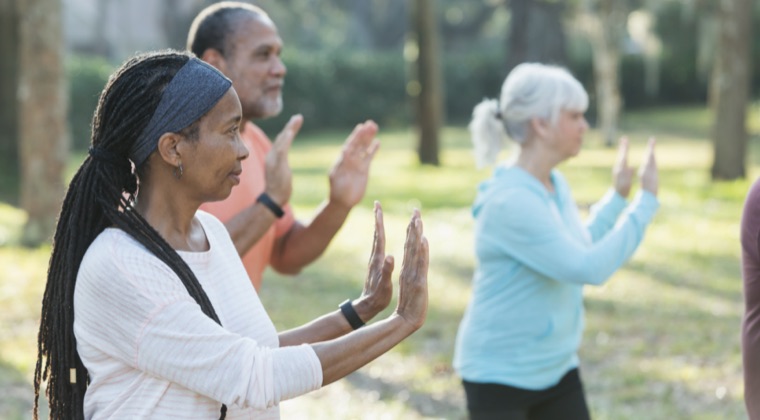Physical Therapy
What does physical therapy do?
Physical therapy is a healthcare specialty that works with patients to help them improve their physical abilities such as their ability to move. The physical therapist works with each patient to develop an individualized treatment program, set specific goals, and determine which techniques will be most effective for successfully achieving goals for physical functioning. Individualized treatment plans often include education about the specific condition, and how it relates to daily function for the patient. Also included are specific exercise programs within each therapy session as well as exercise to perform at home. Hands-on techniques, referred to as Manual Therapy, may also be included during treatment sessions to accelerate the success of the exercise programs. Occasionally, there is a need to utilize modalities such as ultrasound, electrical stimulation, hot packs, and cold packs, among others to reduce pain, and improve one's ability for movement. Physical therapists treat patients across the age span, and specialize in many areas. Regardless of your age or impairment, if you have mobility issues, a physical therapy evaluation may be required.
What other names might this go by?
Work hardening
Functional capacity evaluation
Performance improvement
Rehab
What to expect
Through personal interview and individual testing, physical therapists will review your state of health related to your musculoskeletal system (e.g., joints, bones, muscles), neurological system (e.g., reflexes, coordination, balance), as well as your cardiopulmonary function (e.g., heart, lungs, circulation). Testing for these areas can be as simple as answering a question, walking on a treadmill, or touching your toes. Gentle manipulation by the therapist of a joint to better assess the primary limitation may also be necessary. Treatment sessions last between 30–60 minutes depending on the location and the issues being addressed. Sessions will almost always include exercise, so be sure to wear clothes you can easily move in.
Potential Risks
As with any exercise program, there are risks of overdoing it which could exacerbate pain. However, effects are often short-term and can be resolved using techniques such as heat, cold, and massage.
Resources: https://www.uofmhealth.org/conditions-treatments/rehabilitation



